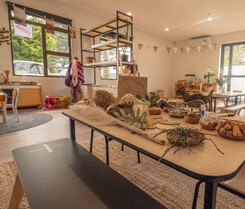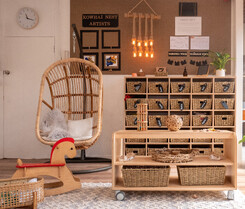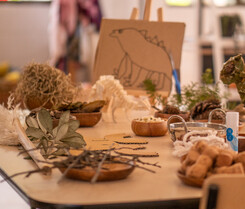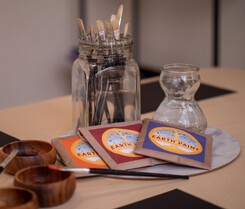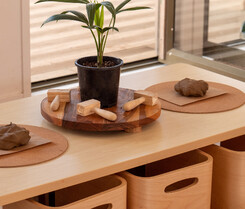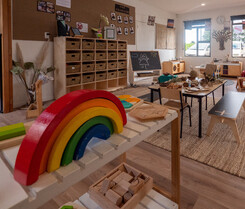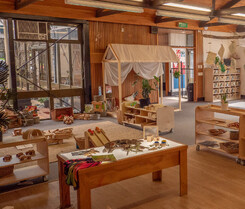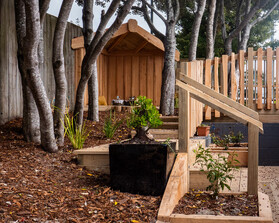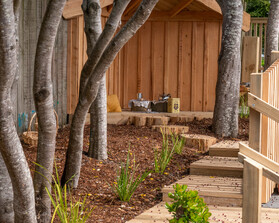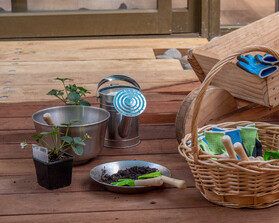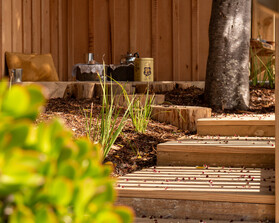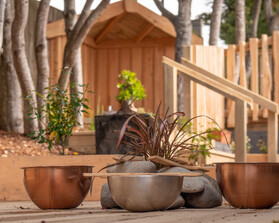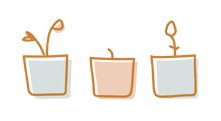Home away from home
Little Moas Early Learning Centre may be based in Mt Wellington, but our centre environment feels just like home.
Our Indoor Area - Peaceful, Creative, Natural & Homely
We believe that the learning environment should have both a direct and indirect influence on children’s learning. This includes their engagement in what is being taught by our educators; their motivation to learn, their sense of belonging, wellbeing, empowerment, and personal safety.
Therefore, we have gone the extra mile to ensure that the learning environment at our daycare is filled with sunlight and decorated with stimulating educational materials. Using light, patterns texture and colour, with homely features creates an environment to help our children feel more comfortable, cared for, valued and safe.
Our Outdoor Area: Natural, Edible, Dynamic & Sustainable
Our outdoor space includes access to a range of different natural features such as sand, soil, grass, and a variety of different edible plants and trees.
Little Moas believes in the importance of having an interesting and dynamic outdoor play space with natural features to help stimulate and facilitate variety for children’s learning.
Our natural outdoor area allows our children to explore and experience the natural environment. It supports our children to grow physically, emotionally and socially while learning about sustainability and interdependence with the environment, and how to care for the land.

